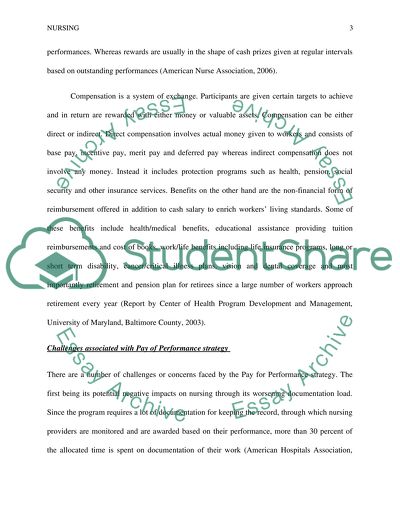Cite this document
(“The impact of Pay for Performance program Assignment”, n.d.)
Retrieved from https://studentshare.org/nursing/1396111-the-impact-of-pay-for-performance-program
Retrieved from https://studentshare.org/nursing/1396111-the-impact-of-pay-for-performance-program
(The Impact of Pay for Performance Program Assignment)
https://studentshare.org/nursing/1396111-the-impact-of-pay-for-performance-program.
https://studentshare.org/nursing/1396111-the-impact-of-pay-for-performance-program.
“The Impact of Pay for Performance Program Assignment”, n.d. https://studentshare.org/nursing/1396111-the-impact-of-pay-for-performance-program.


